Quick Travel Guide: Minsk, Belarus
/Factfile
Country: Belarus
Population: 2,101,018
Currency: New Belarusian Ruble (BYN)
Time zone: UTC +2
Closest airport(s): Minsk National Airport (MSQ)
A little bit about Minsk
Minsk's cultural centre with a collection of flags outside in the colours of the Belarus flag.
Europe’s last dictatorship was in the heartland of the Soviet Union back in the day as it sits sandwiched between Russia and Ukraine.
Minsk, its capital and biggest city, often gets confused for being located in one of its neighbouring countries, but Belarus is a nation in its own right.
Despite suffering from a lack of iconic tourist attractions, Minsk offers up plenty of treasures of its own which only suffer due to its near non-existent reputation when it comes to tourism.
Unlike the nearby Baltic states of Lithuania, Latvia and Estonia, Minsk appears to embrace its Soviet past, and gives a distinct impression of that era in 2016 through its buildings and presentation.
Why should I go?
Minsk has a lot of old cars (and old haircuts - I actually saw a mullet there) and add to the city's obscure charm.
If Traveler’s Digest is to be believed, then Belarus is the capital of Europe’s third least-visited country. So considering that, why would anyone actually want to head to its capital?
Well, there are a multitude of reasons, and if the likes of the Church of Saints Simon and Helena, the Island of Tears and Victory Park don’t tickle your fancy, experiencing a completely different culture to what you would typically find in the west should at least generate some interest.
Have a hankering for western food in the Eastern Bloc? Then give T.G.I. Friday's a go!
But there are bits and pieces to ensure you don’t feel too far away from home, and if there is any difficulty ordering food in a place with only Belarusian and Russian language menus, then solace can be found in McDonald’s, T.G.I. Friday’s, KFC, Dominoes and even Papa John’s, while many road and information signs have been translated into English to ensure smooth navigation in the Belarusian capital.
The main attractions
The Church of Saints Simon and Helena can be found at Independence Square. Here you can kill two birds with one stone - figuratively, of course.
Independence Square
Flouting any potential no photography rule in Independence Square to get a picture with the Lenin statue. Neither pedestrians nor guards seem to mind me doing so.
Independence Square is a Minsk Landmark, primarily because of the statue of former Russian ruler Vladimir Lenin which stands in front of Government House. Apparently, photographing the statue at one time wasn’t allowed, and tourists have been known to be approached by guards asking to put their cameras away.
I didn’t find this to be any kind of problem whatsoever, and the man on guard that day had no problem with me or my friend getting snaps.
Independence Square is also home to its own Metro station named Lenin Square, and slightly encroaching on its grounds is the Church of Saints Simon and Helena – a red brick Roman Catholic place of worship also known as the Red Church.
Belarusian State Museum of the Great Patriotic War
The Belarusian State Museum of the Great Patriotic War is located in a stunning building complete with a memorial dome.
The Belarusian State Museum of the Great Patriotic War is one of Europe’s finest museums, and keeps intact the memory about the ‘great deed of Belarusian people and the people of the Soviet Union in the struggle against Nazism.’
The various exhibits also explore life during the war for the Soviet Army and the Belorussian Partisans, as well as a display about life in concentration camps – two of which were located in Belarus and were the sites of over 60,000 deaths.
The exhibits are well thought out and are engaging for visitors.
At the side of the museum is Victory Park, which with its ceremonial archway and fountain is also worth a few minutes of your time.
The archway at the entrance to Victory Park.
The fountain at Victory Park.
Entry to the museum, like most other things in the country, is of tremendous value for money and audioguides are available in multiple languages, with visual information translated into English and, in some areas, German.
Inside the museum's memorial dome.
Price: An adult ticket costs 7 BYR, with reductions for students, children and groups. There is also an extra charge of 1.50 BYR to take photos inside the museum.
Opening Hours: The museum opens Tuesday and Thursday to Sunday from 10:00 to 18:00, operated extended hours on a Wednesday evening and is closed on Mondays.
Island of Tears
The Island of Tears is a peaceful retreat for people in the middle of a big city.
Minsk’s Island of Tears continues the theme of remembering fallen Belarusian comrades. This particular monument remembers the Soviet soldiers from Belarus who died in the decade-long war with Afghanistan between 1979 and 1989.
Reachable by a small footbridge, the island has a large chapel as its centrepiece, with harrowing figures of grieving mothers, sisters and daughters at its base. There’s also a statue of a crying angel, doubling up as a water feature.
The crying angel capturing the attention of a photographer.
What’s particularly special about the island it its location in the Svislach River, giving out great views across the body of water to the big buildings on Pieramožcaŭ Avenue, while also set against a backdrop of a gargantuan apartment building.
Holy Spirit Cathedral
Holy Spirit Cathedral stands out against the scenery with its bright white walls and green rooftops.
A stone’s throw from the Svislach is Holy Spirit Cathedral, located in one of the more upmarket areas of the city.
It was completed in 1642 as part of the larger Bernardine monastery and was damaged by a fire 99 years later before undergoing reconstruction.
The central cathedral of the Belarusian Orthodox church is frequented by some of Minsk’s most devout Christians.
Churchgoers line up to say their prayers inside Holy Spirit Cathedral.
The outside is just as beautiful as its innards, making it one of the city’s most recognisable symbols. They even welcome visitors, too, even at the busiest of times, so make sure to take your camera along!
National Library of Belarus
A public library, or headquarters of the Galactic Empire?
Looking more like the Death Star from Star Wars than a centre for resource and learning, the National Library of Belarus houses the largest collection of Belarusian printed materials in the world.
The 73-metre high building is located outside of the city centre in the northeast sector of the city, and will require a 15-minute Metro ride to its nearest station – Uschod.
The library has 8.6 million items of various media poured over by 2,000 people each day. At night the building exhibits LED lights and stands apart from the rest of the city.
Observation deck this way.
View over downtown Minsk from the library's roof.
Aside from its main purpose, the library has a touristic element with its observation deck. Visitors can take the panoramic elevator up to the roof where they will find views over the surrounding area along with two large binoculars – the use of which incurs no extra charge.
Price: A ticket for an hour up on the observation deck is 3 BYR, with discounts for students, children and groups.
Opening hours: The observation deck is open every day from 12:00 to 23:00, and last ascent is half an hour before closing.
Getting there
We booked with Lux Express to go from Vilnius to Minsk, with the service operated by Eurolines.
There are three main entry points into Belarus – plane, train or bus. Minsk National Airport serves over 45 destinations across 14 airlines, and homegrown airline Belavia fly directly from Gatwick Airport in London.
To get from the airport to the city centre the number 300 or 173 buses and shuttle buses 1400-TK1430-TK are cheap ways to reach the main interchange. As Belarus is an inexpensive country, taxis are also feasible, but will cost considerably more than a single ticket on public transport.
You can enter from any of the surrounding countries by train as well, although we opted to take the Eurolines coach from Vilnius, Lithuania to Minsk which took about three-and-a-half hours each way, including border control, booked through Lux Express.
The cost for a return journey fell just short of €25, and flying to Vilnius via Ryanair then getting the bus to Minsk turned out to be considerably cheaper than flying directly, plus we got to check out one of my favourite cities again!
Where to stay
Sputnik Hotel was a great city location without being in the thick of things.
We stayed at the three-star Sputnik Hotel, which for a twin room for two nights set us back the grand total of £76 between two people. It is located in the southwest quadrant of the city and was approximately a 20-minute walk from the nearest Metro station, and a further 10 minutes to either Independence Square or the central station.
There are plenty of other hotels located more centrally, and those looking for something more familiar may be encouraged to know that there is a Hampton by Hilton, Renaissance Hotel and DoubleTree all in the centre of town.
There are plenty of cheaper alternatives, and more traditional accommodation like Sputnik Hotel gives off a more historically cultural experience (a nod to the prim and properness of an aging communist-style hotel). I use Booking.com and Hotels.com to look for cheap rooms, though Airbnb and Couchsurfing are alternatives.
Eat and drink
Enjoying a Belgian waffle in Belarus - served up by Gastropub Gambrinus.
One of the slightly negative points about Belarus is the language barrier. By and large they aren’t a nation of English speakers, and this will be reflected when it comes to eating out.
Many restaurants, especially local ones, won’t have English menus, nor will be able to assist with verbal translations.
However, there are some exceptions to this rule. We ate at Gastropub Gambrinus, known in the city as ‘the English speaking place.’ Although the servers’ vocabulary is limited, they do have English food lists and ordering is straightforward. There’s plenty of pub grub to be enjoyed, as well as local cuisine such as machanka (pork stew), dranki (potato pancakes) and babka (baked grated potato pie).
We did have to wait for a table on Friday night, but to avoid disappointment you can book a table.
Don't fancy trying the local cuisine? Not to worry, as the likes of Dominos and Papa John's can literally give you a slice of home comfort.
They are also pretty big on their beer in that part of the world, and half a litre of the stuff costs approximately 4 BYR (£1.50) – and that’s the beauty of eating in Minsk, cheap eats washed down with cheap drink. A match made in heaven.
Five observations
The people are REALLY nice
When we got on the bus taking us from Lithuania to Minsk, there were only about nine of us on board – including me and my friend.
They driver had given the other seven passengers the equivalent to landing cards, which is something we, in turn, weren’t able to present to the stern-looking woman at passport control at the final barrier of the Lithuanian-Belarusian border.
Pulling up to the Belarusian border.
When she asked us for these cards, which we didn’t have, we assumed this was going to cause some sort of problem – considering how strict the initial visa application seemed to be.
But instead of probing us, the lady simply took out another card and filled in all the details for us – happy to help us get into the country, rather than making things awkward.
When we arrived in Minsk, in the first store I went in to get a drink and a snack, the lady seemed to pity my lack of understanding of their currency and helped me to pay with the right change. The gastropub which we ate at on both nights also tried their best to converse with us in English, too.
A local woman takes a selfie in Park Janki Kupaly.
I’d read previously of Belarusians’ aversion to both westerners and tourist, but I felt no coldness between me or them. It appears to be a nation of generous, kind and courteous people, and that is my lasting impression of Minsk and of Belarus.
You CAN get money outside the country
One of the difficulties when going to Belarus is that money doesn’t seem readily available abroad. If you’re flying straight there, then chances are you won’t arrive with Belarusian rubles already in your possession.
However, there were currency places in neighbouring Lithuania that did sell rubles – similar to how I found a place selling Bosnian Convertible Marks in Dubrovnik, Croatia with that currency being available there, but not at home.
We also exchanged United States dollars for rubles when we were there, but found out that the currency exchange kiosk we went to (located inside the ticket hall at the bus station) also accepted pound sterling, Polish zloty and Russian rubles, too.
They don’t like big denominations
Paying isn’t too difficult, but servers and retail workers don’t seem to appreciate big notes. Whether or not this is to do with forgery, I’m not sure, but more than likely they are conscious about the amount of change they have left to give.
Try to get rid of bigger notes when making bigger purchases, such as when eating out or paying a sizeable bar tab.
Photography laws seem to have been relaxed
So I’ve read of strict rules and enforcement when it comes to tourists and camera equipment but I, personally, didn’t encounter anything of the sort.
Getting a sneaky snap inside one of Minsk's Metro stations.
At it again.
The only restrictions on photography I did come across in Minsk was inside the Metro stations where there were ‘NO PHOTO’ signs on the wall, but I just took pictures out of the sight of attendants, as well as the camera charge in the Belarusian State Museum of the Great Patriotic War.
Perhaps they’re warming to tourists in Minsk, or maybe I just got lucky. It is definitely worth exercising caution in certain areas – particularly outside of government buildings and inside Metro stations, but if any officer does ask you to put your camera away or delete a photo, then just abide by what they’re telling you and further conflict should be avoided.
Get a visa BEFORE you go
UPDATE: As of February 2017, citizens of 80 countries can enter Belarus visa-free for up to five days. The below was accurate at the time of writing. For more information on the updated rules, click here.
As helpful as they were with landing cards, border control might not take too kindly to people arriving without a valid visa.
Citizens from certain countries are exempt from needing one (see ‘Visa information’ below for more information), and there are different types of visa for different purposes – short-term stay, long-term and transit.
Applications made by post can take up to a week to process, although people applying in person at the Belarussian embassy in their country of origin can get visas on the day.








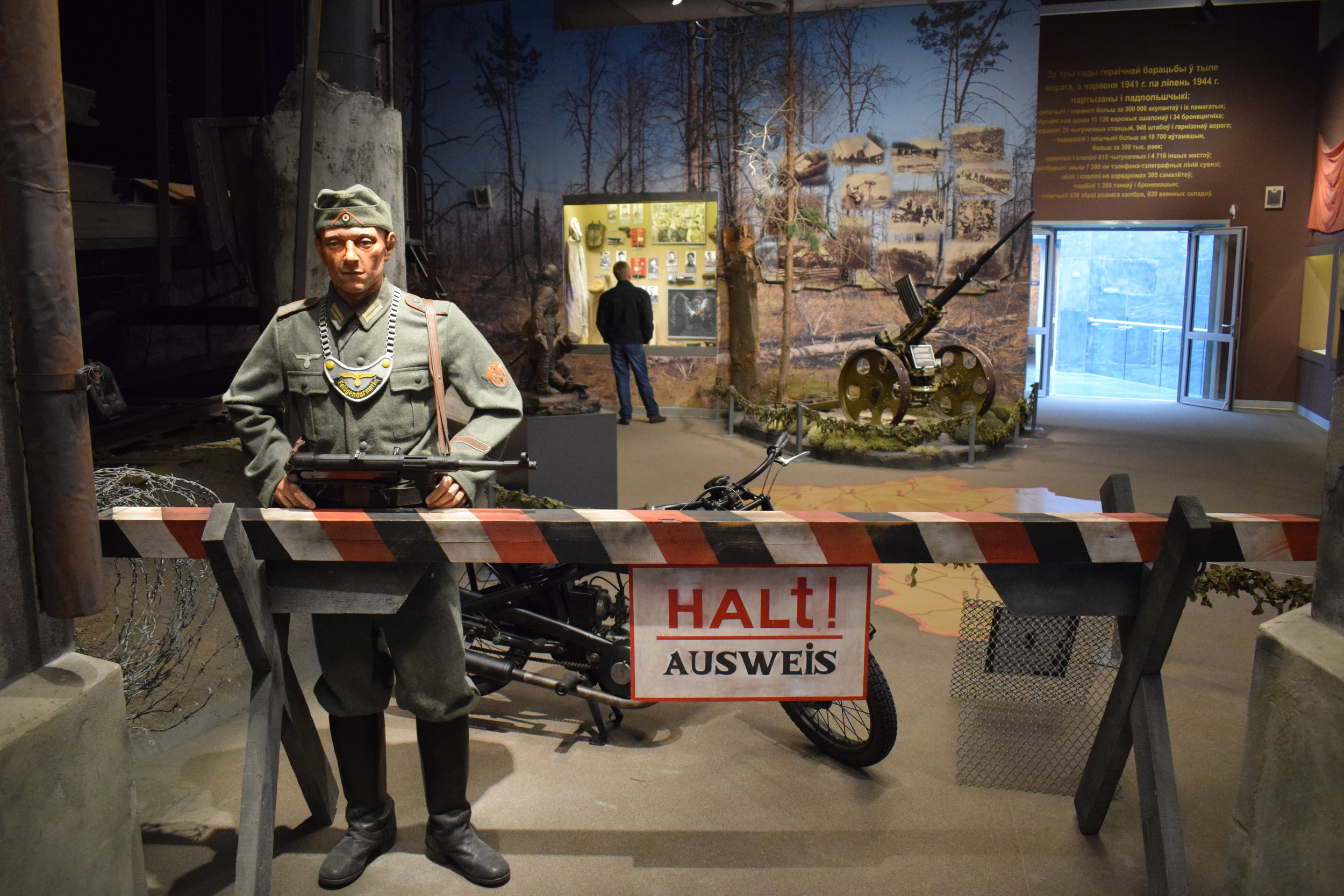
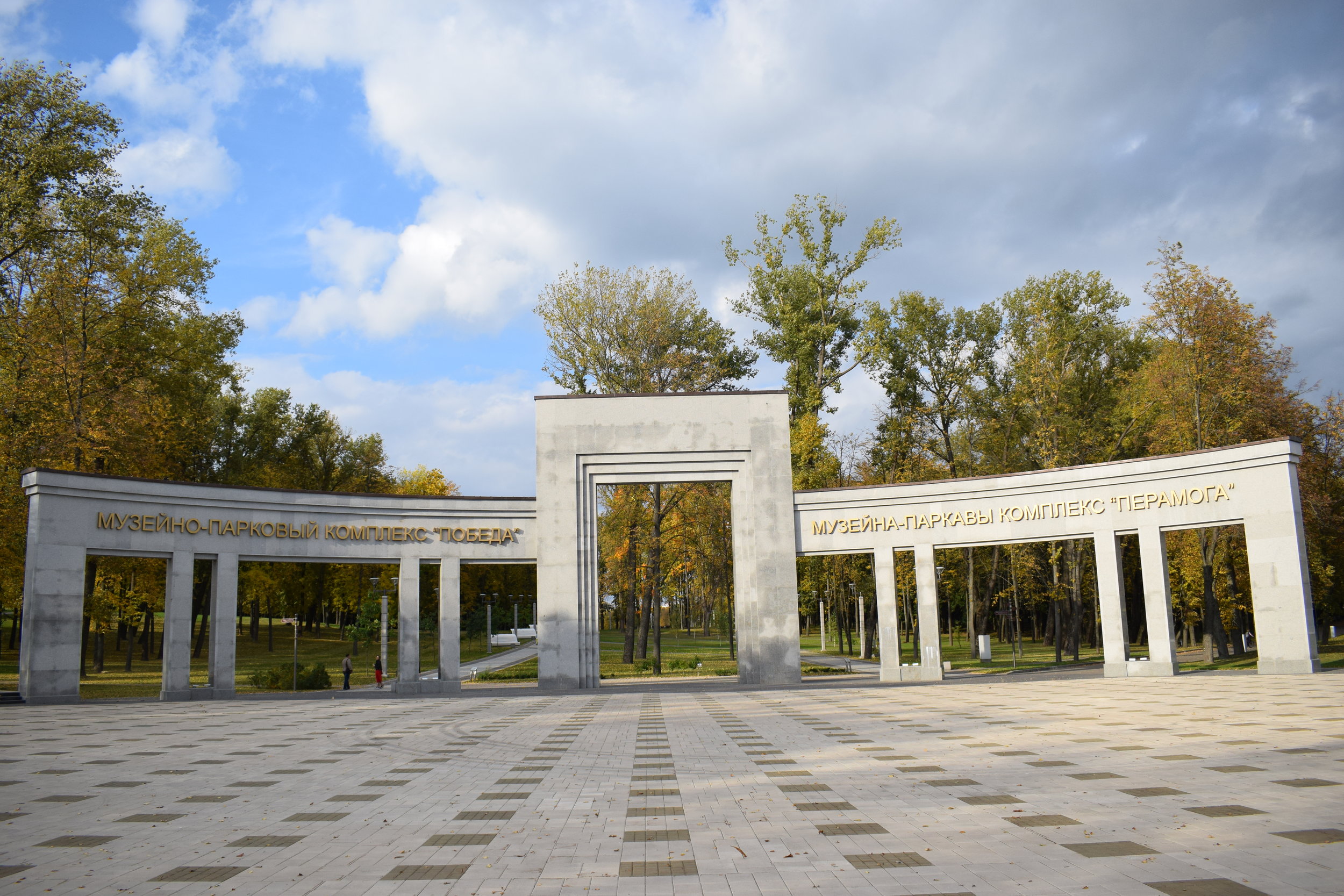
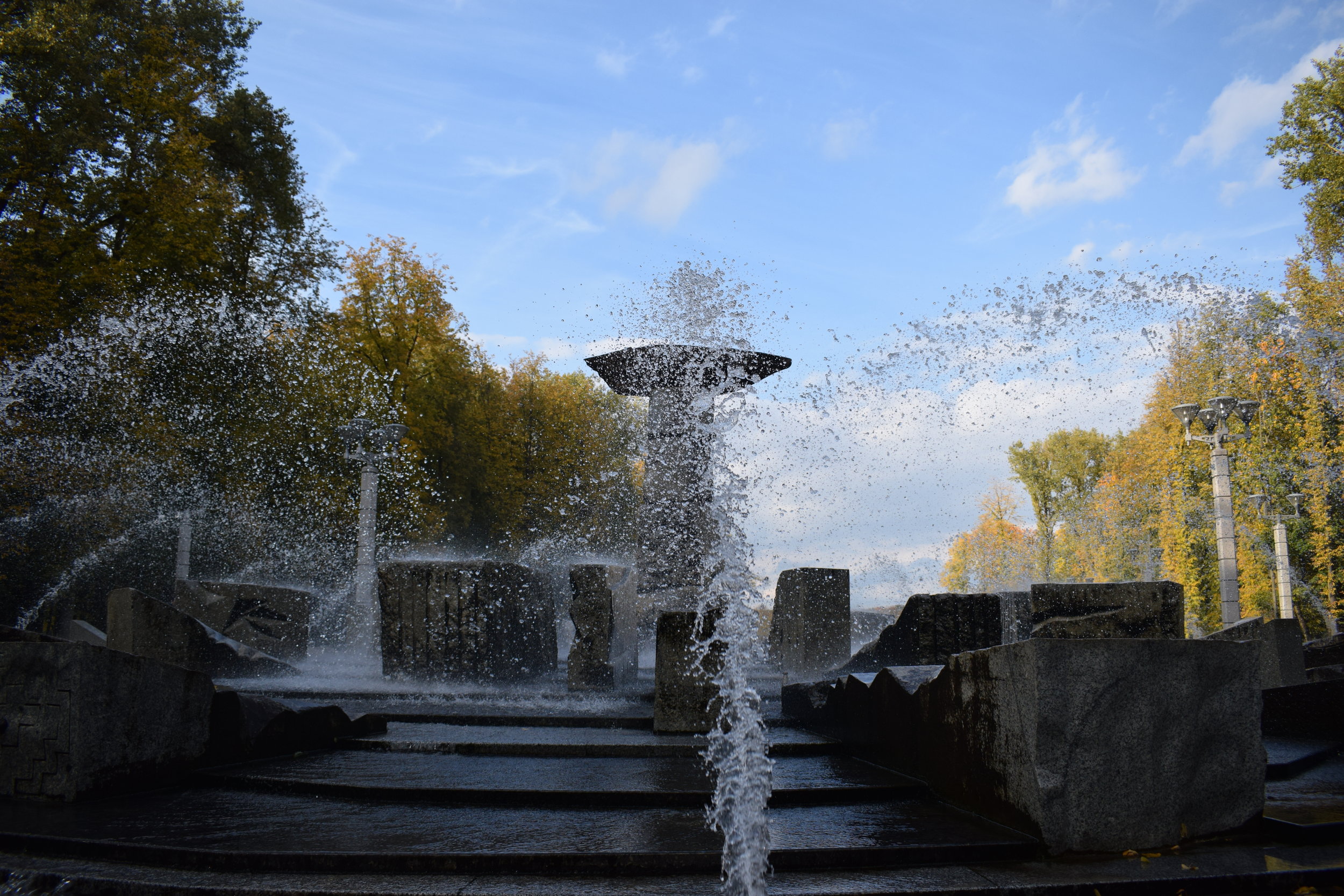






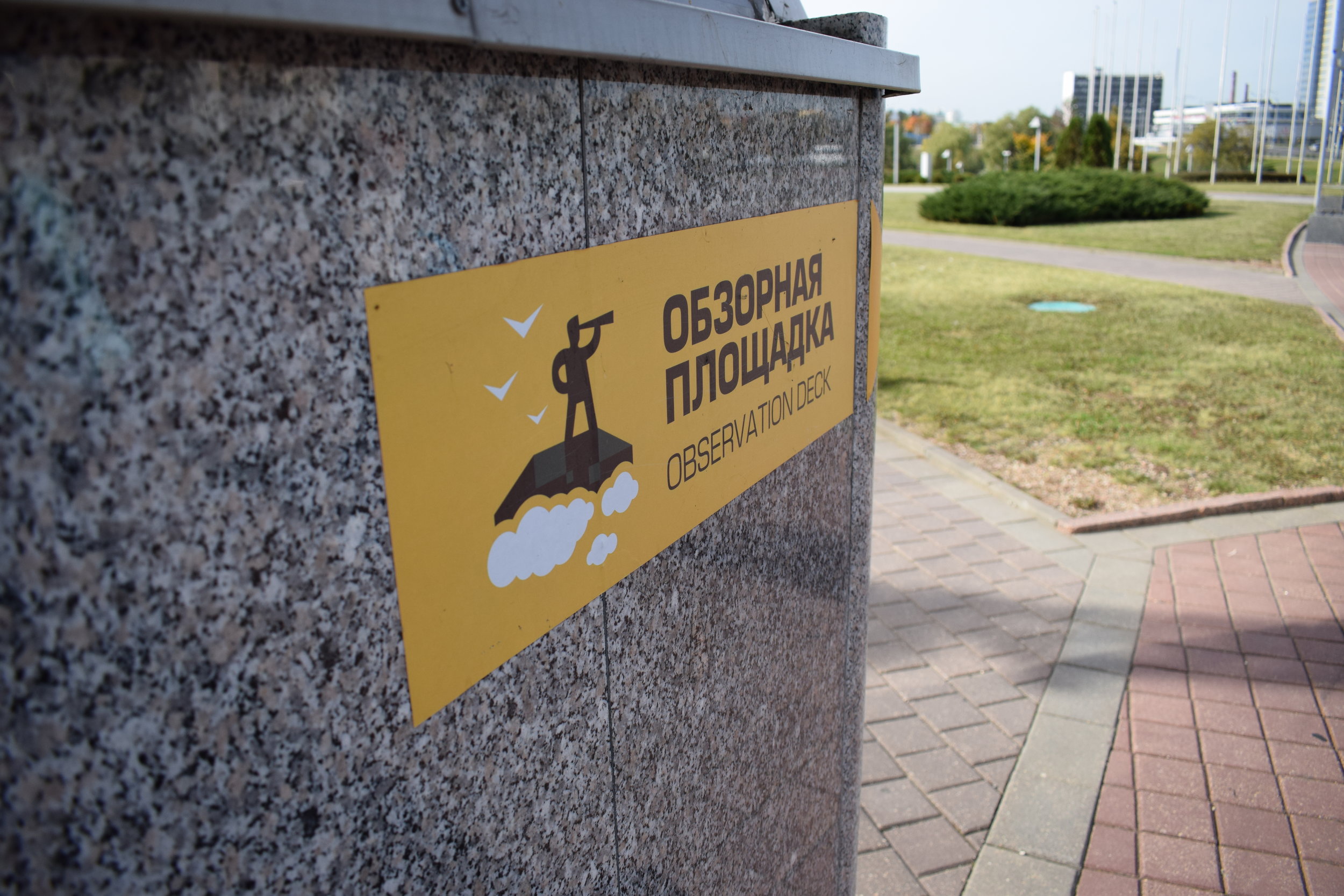

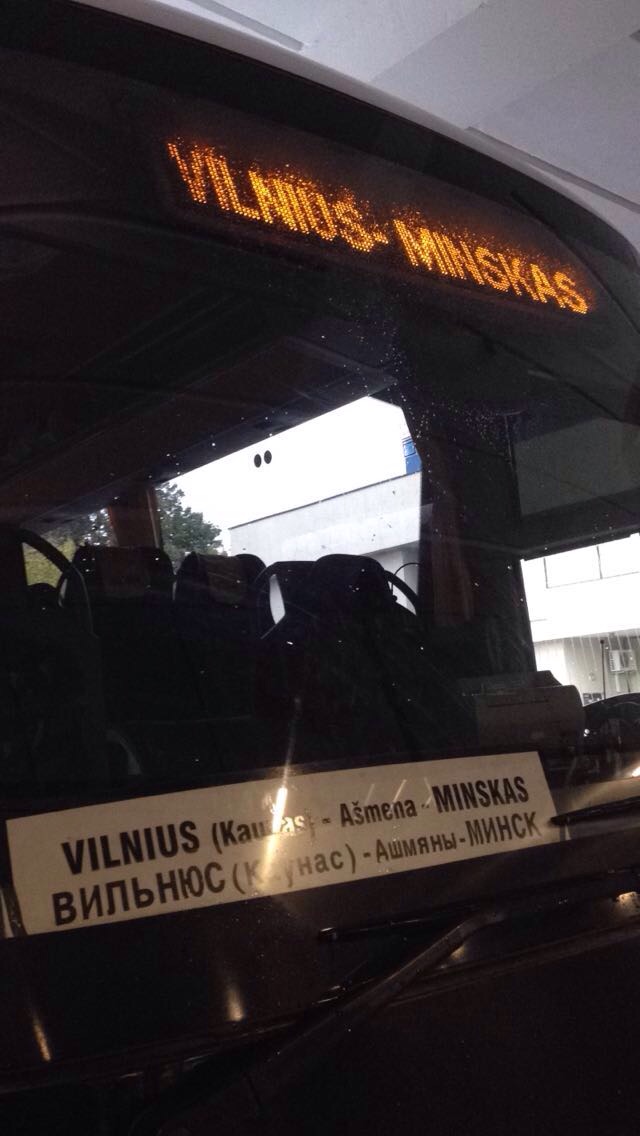






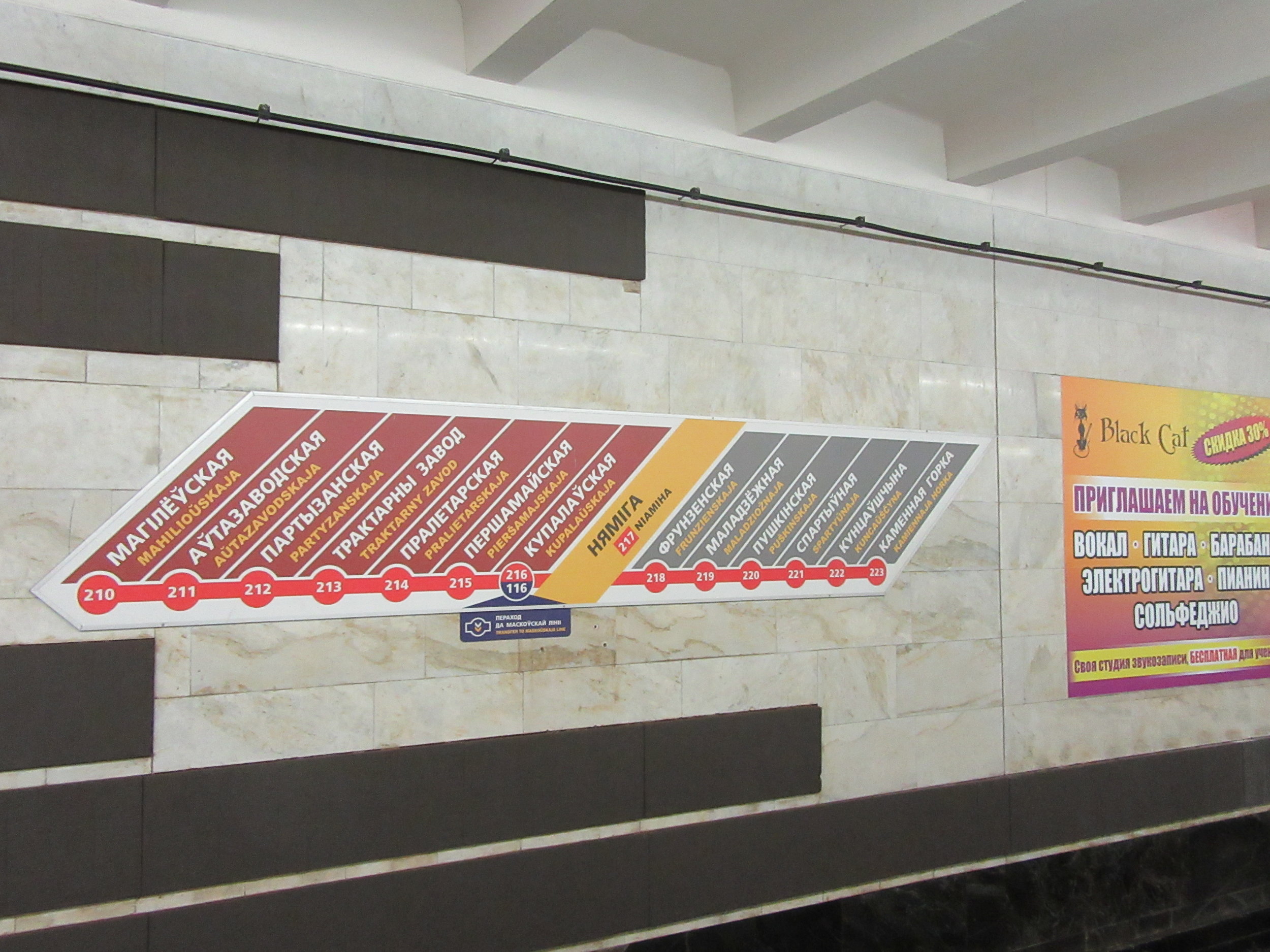













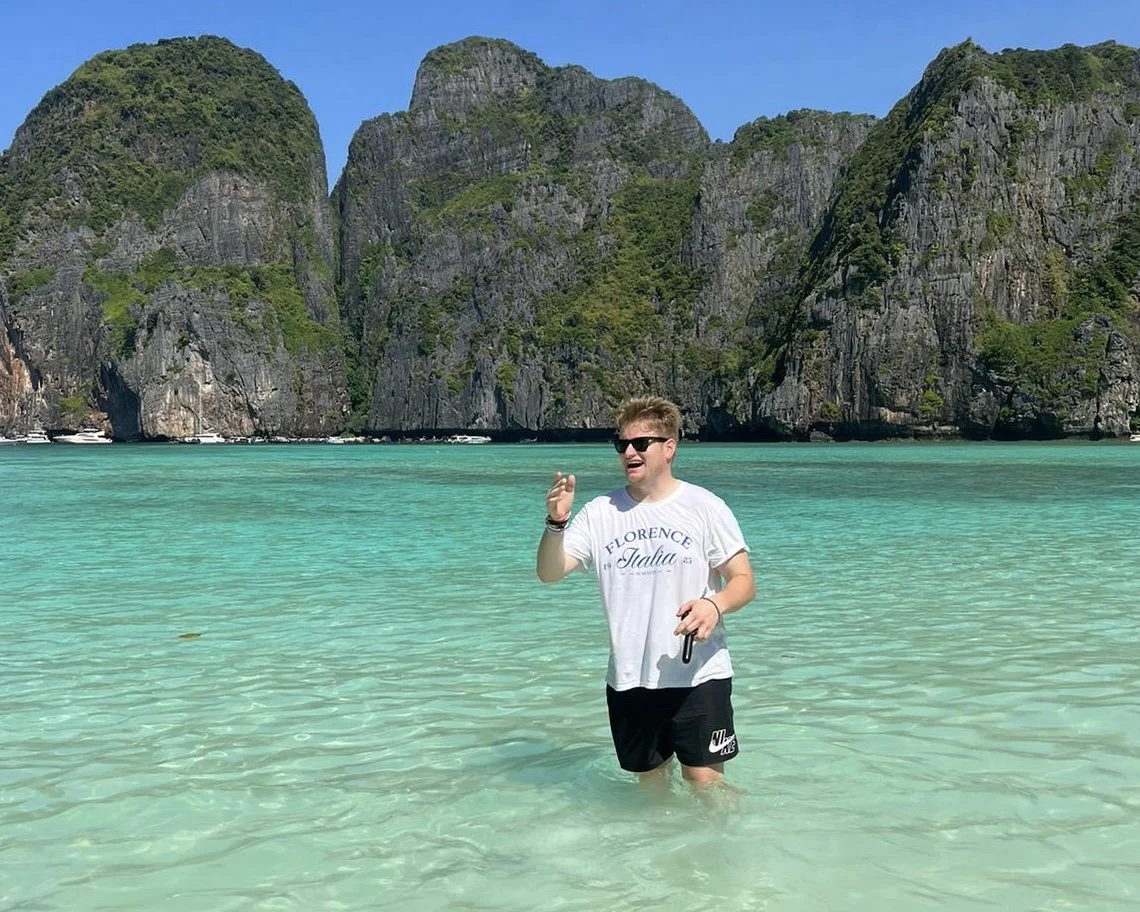

If you’re travelling to Belfast, here’s everything you need to know including what to see, where to eat, where to stay and how to get there.